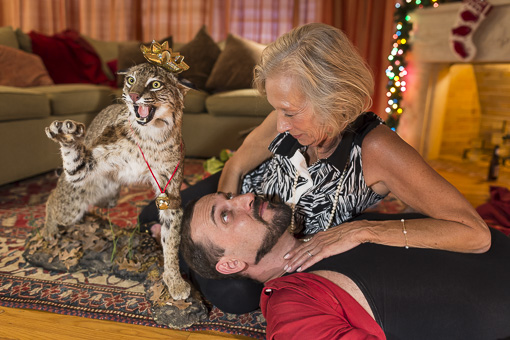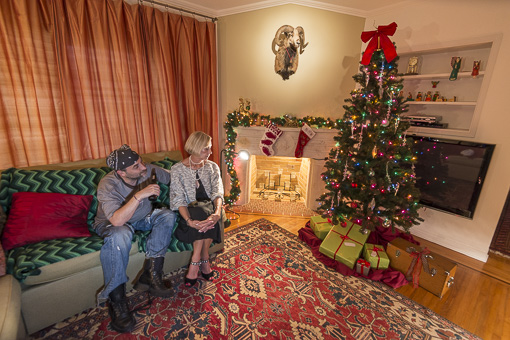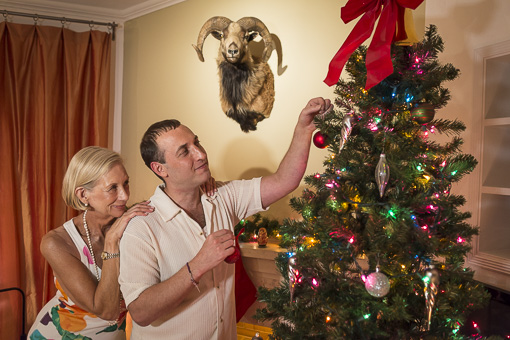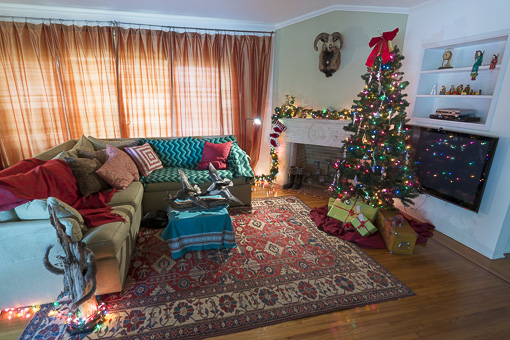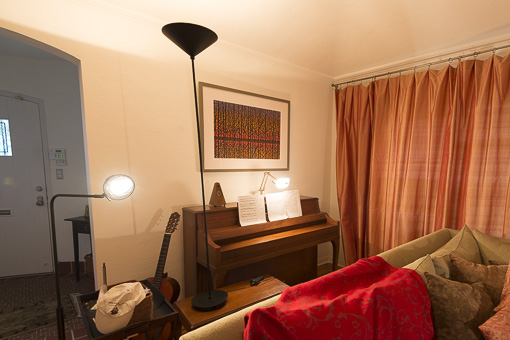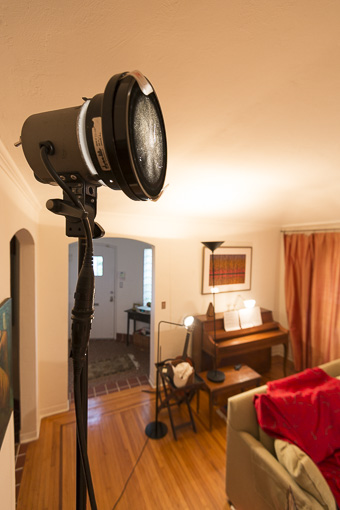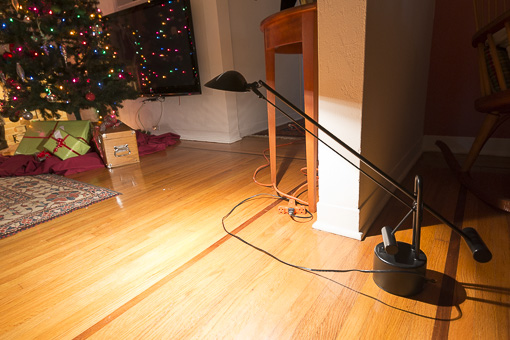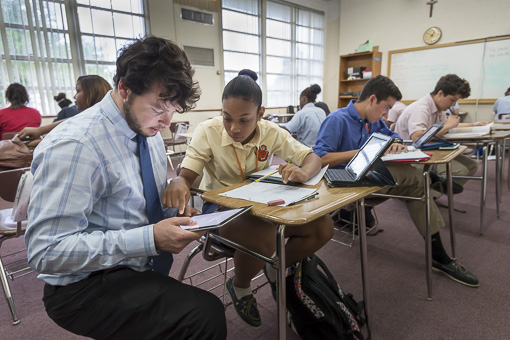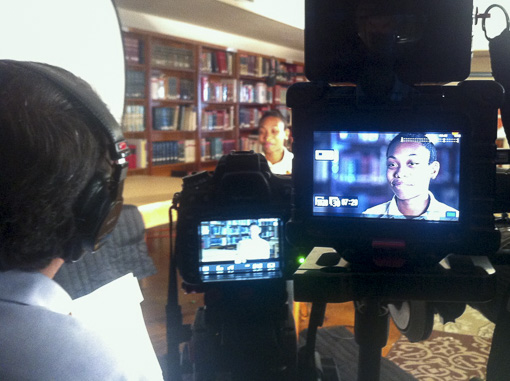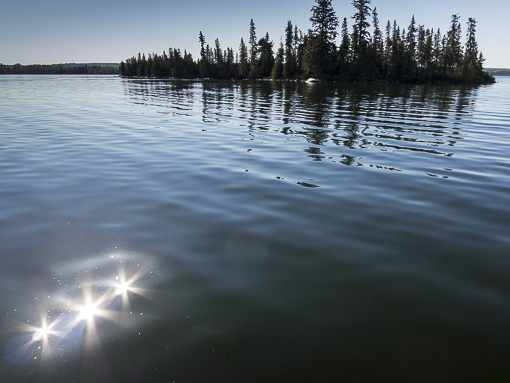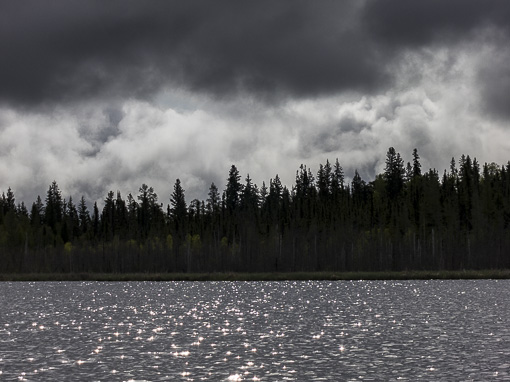This Fall I shot two environmental portraits that presented photographic challenges to solve, which is the fun part of creating custom imagery for my clients. The first challenge was shooting a cover image in a narrow office hallway, and the second, squeezing a fire hot photo from a tiny commercial kitchen. Both were assigned by Group Art Director Sean Barrow at Rep. magazine, which covers the financial advisory industry.
Available light scouting shot of cramped hallway where I will create a magazine cover photo ... yikes!
Sucking in my stomach to make room, I proceeded as follows:
- 60" umbrella with shoot through front diffuser for beautiful wrap around light.
- Dynalite Pencil Light on floor stand was black foil wrapped to allow about 180 degree fill onto back wall, with full Color Temperature Orange gel.
- Upper left Dynalite head with 20 degree honey comb grid for hair and shoulder rim light.
- Clipped on
yellow flash head cover keeps having eyes poked out.
Marshall Leeds of Summit Advisers, Boca Raton. 85mm fF1.8 Nikkor, Nikon D610.
David Ortiz of Financial Chef in Coral Gables. 28mm F 1.8 Nikkor, Nikon D610.
Former chef David Ortiz remodeled a Coral Gables restaurant so the
financial adviser can cook for and get acquainted with new clients right
in his office suite. Art Director Barrow suggested "something with flames" for a photo, and I would have more than a hallway to work with this time.
Narrow and cluttered commercial kitchen greeted me in the offices of Financial Chef
Moving some of the clutter out of view, I squeezed these steps into kitchen:
- Set Nikon D610 to tungsten color balance to give wall some blue color
- Lit background with precisely aimed Dynalite Pencil Light by propping leg on spare speed ring
- Goboed that light from my subject.
- Placed small 24 inch umbrella to light subject and open area under hood, gelled double CTO
- "Dragged" shutter 1/4 second to expose for flames
Small umbrella double gelled color temperature orange to add warmth to subject on top of the tungsten color temp on camera.
Editor's choice for full page with section head and copy. Nikkor F 4 16 - 35 mm.









